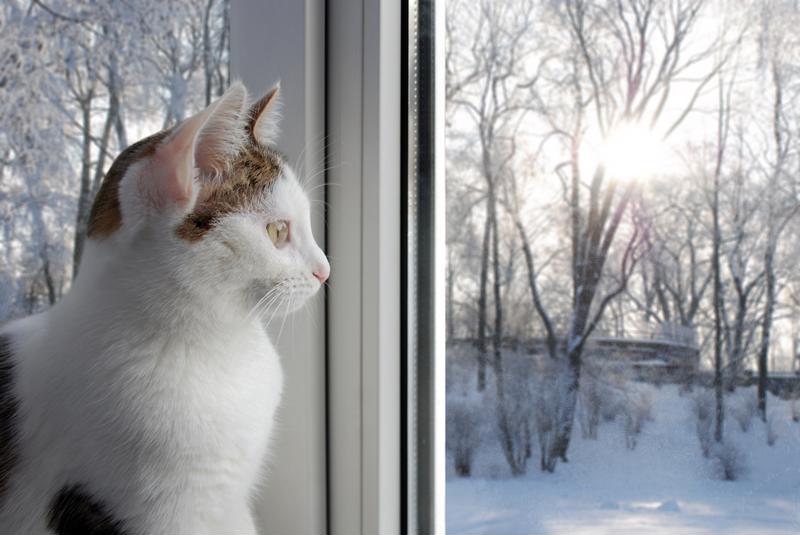Winter is here, which means that many homeowners have already taken some time to guard their houses against chilly breezes and blustery snow. This winter is expected to bring above-average temperatures in the South and West, though there’s a chance of below-average temperatures in the North, from the Pacific Northwest to Minnesota, according to the National Oceanic and Atmospheric Administration. If you haven’t thought about how to winterize your home yet, or don’t know where to start, don’t worry. With your handy heat gun, this task is actually a lot simpler than it sounds.
Here are three heat gun uses to prepare your home for the coming winter:
Insulate your windows
One of the biggest culprits of the midwinter chills is drafty windows. Luckily, a simple solution will keep the cold air away from your cozy living room: plastic sheeting. When applied to your window frames, sheeting creates a tight seal and keeps the breeze out.
 Use a heat gun to apply plastic sheeting to your windows this winter.
Use a heat gun to apply plastic sheeting to your windows this winter.To start, gather your supplies:
- Plastic sheeting, trimmed to fit your windows. Be sure each sheet fits the whole window frame, not just the pane of glass.
- Heavy-duty double-sided tape.
- A heat gun.
Apply the tape to your window frame, then tightly secure the plastic sheeting to the tape. Be sure to pull it tight and not allow for any creases or folds. Once the plastic is securely in place, use your heat gun to warm up the perimeter. Then, move the heat gun over the entire surface of the plastic.
Don’t get too close to the plastic, and be sure the plastic just shrinks, not warps. If you get too close or use too high a heat setting, you could burn or melt the plastic, thus defeating your efforts.
Straighten a curled, leaky shingle
Run-down shingles aren’t good at any time of year, but in the winter they are particularly unwelcome. Melting snow can find its way behind the shingle, melt and then drip into your attic. And when that melted snow freezes again, it can expand and cause even greater damage to your roof. It’s best to tackle the issue of aging shingles head-on to avoid more substantial problems down the road.
If the shingle is leaking because it’s starting to curl up around the edges, simply straightening the shingle out will do the trick. But in late fall and early winter, the cold weather can make it difficult to shape the shingle. Use your heat gun to warm it up, then re-form the square so it fits properly on your roof.
Thaw frozen outdoor spigots
Frozen pipes are a common wintertime issue that can cause serious damage to your home. The expanding ice can lead to pipes bursting and cause serious damage to your home that invites even worse problems, such as pests or mold.
If you haven’t drained your outdoor spigots and you’ve already experienced snow or ice in your area, ice might have already formed in your pipes. Luckily, if you catch the problem before any bursting or breakage occurs, you can use your heat gun to thaw them out. Carefully aim the gun at the frozen section of pipe. If the pipe is enclosed inside a wall, aim it at that section of wall. Once the water begins to drip out of the spout, open the spigot all the way until it drains. Turn off the water supply to that spigot and let it continue to drip until empty.
For homeowners who have yet to winterize their homes for the coming cold season, a Master Appliance heat gun may be just the tool to help you get the job done. Contact us to find the perfect heat gun for your needs.

